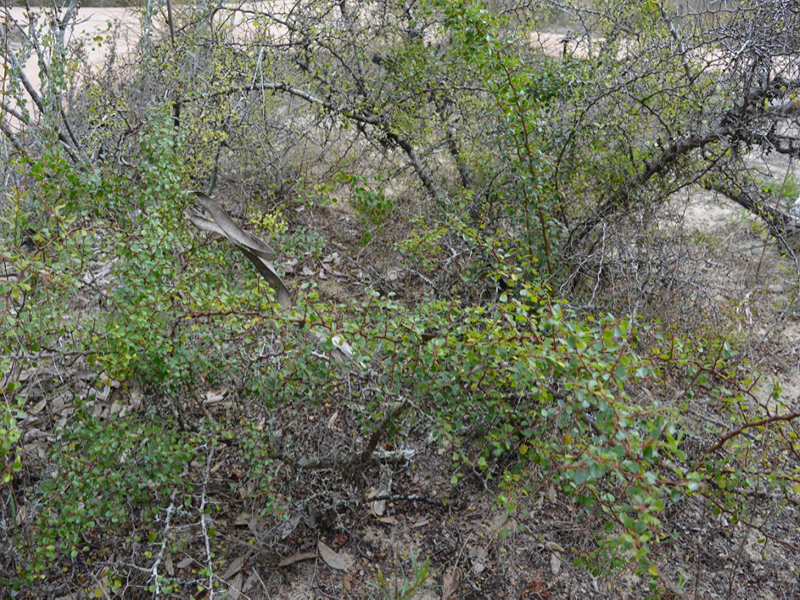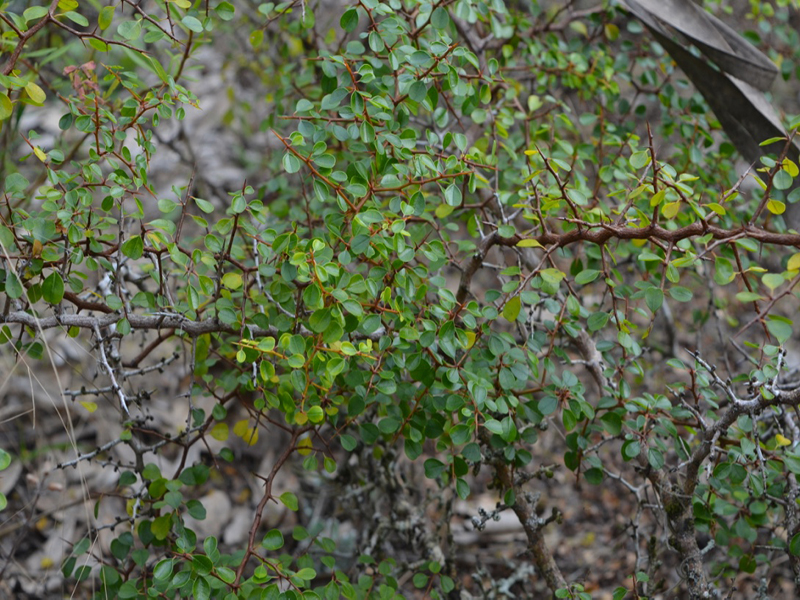Ziziphus celata (Florida Ziziphus, Ancient Ziziphus, Florida Jujube )
Botanical Information
| Family | Rhamnaceae |
| Genus | Ziziphus |
| Species | celata |
| Category | Woody |
| Type | Shrub (deciduous) |
| Origin | Native to the Lake Wales Ridge in Central Florida, United States of America. |
Details
| USDA Hardiness Zone | 9a - 9b |
| USDA Hardiness Ref. | |
| Canadian Hardiness Zone | Requires cold season protection under glass. |
| Canada Hardiness Ref. | |
| RHS Hardiness Zone | H4 - H3 |
| RHS Hardiness Ref. | |
| Temperature (°C) | (-6.6) - (-3.8) |
| Temperature (°F) | 20 - 25 |
| Height | 1 - 2 m |
| Spread | 1.2 - 2 m |
| Flowering Period | January, February, March, April, May |
Description and Growing Information
| General Description | A single or multi-stemmed woody shrub, 1 to 2 m in height. It has spiny, zigzag branches with small (less than 2.5 cm long) alternate leaves, that are shiny on their upper surface. |
| ID Characteristic | This plant is attractive to bees, butterflies and birds; it has fragrant flowers. |
| Cultivation | Grows best with some shade to full sun and on a well-drained soils. |
| Notable Specimens | Bok Tower Gardens, Lake Wales, Florida, United States of America. |
| Leaf Description | Leaves, shiny on their upper surface. The leaves are deciduous, falling in December before flowering begins in early January. |
| Flower Description | Tiny and perfect (containing both anthers and a pistil surrounded by a nectar ring). Mature plants bloom profusely, with flowers numbering in the tens of thousands. The fragrant flowers attract legions of insects, including flower flies, bees, wasps and butterflies. |
| Fruit Description | Fruit is a drupe about 1 cm in length that turns yellow as it ripens in late May. |
| Texture Description | The plant has spines. |

